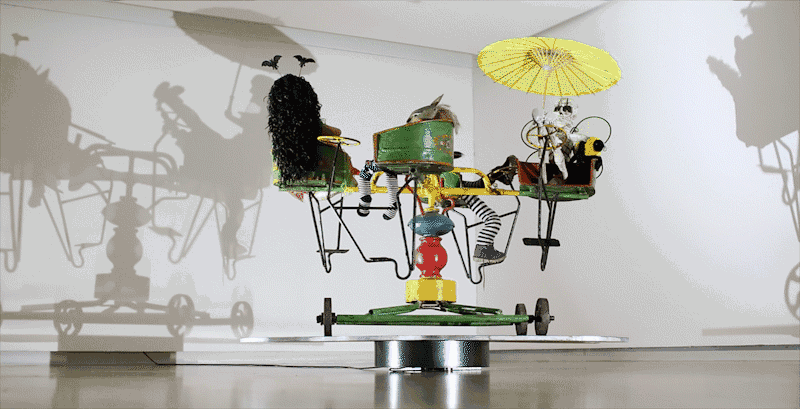Images: Jonathan Rae
Desire is such a visceral emotion that runs deep within human instinct. We want, even long for, so much. Desire has been the motivation for incredible accomplishment and devastating destruction. It has shaped much of our existence from our economy to our ambitions. But where does this deeply entrenched craving come from? Perhaps it’s a byproduct of a Darwinian need to survive. This almost uncontrollable force is often inexplicable as much as it is ineffable. Through her series of work called ‘Desire’, that’s currently showing at the QUT Art Museum, Judith Wright attempts to give some clarity to this often irrepressible emotion. Her artwork articulates desire, which words often lack the ability to fully explain.
I spoke to Curator Megan Williams about the exhibition.
SE: Can you tell me a bit about the concept behind ‘Desire’ and that name itself, ‘Desire’?
MW: So the concept for the exhibition is that it looks at the series of work that Judith has been producing since 2003 that has culminated very recently. So the body of work extends across seven video works titled ‘Seven Stages of Desire’ that were produced from 2003 to 2010, so over seven years, and then three installation works that were created from 2011 and completed in 2013. So this series of work looks most explicitly at restaging the life of a lost child and it’s sort of taken from a very personal situation that Judith encountered... So the exhibition brings together the majority of these works in their entirety for the first time.
SE: Did Judith express to you that this was kind of a catharsis for her, that it was perhaps a way of her exploring her own emotions and personal experiences?
MW: It’s hard for me to talk about Judith’s intent, but it’s known that that’s what these works are about... It needs to start from a personal place and it has started from this very personal place, but it’s not made overtly explicit in her work. I think she feels that artwork needs to come from a personal place in the first instance, but then through the making process becomes quite something else and the intent is that viewers bring to it what they come to, their own personal experience.
SE: Now the idea desire, how does Judith reconcile this through her works?
MW: Well desire is something that everyone lives with in some capacity. I mean it really pushes our daily life, I guess, it’s what we strive for. We desire so many things... What seems like a very simple idea, but it’s a very complicated idea... It has been throughout philosophical history, the idea of what desire is. In relation to Judith’s work, I think that she very interestingly plays with this notion of desire. She obviously references it in the title of her work, ‘Seven Stages of Desire’. Other artworks include the word ‘desire’ in it, so obviously it is a particular emotional state that she’s interested in exploring. I guess in these works it’s probably this desire for this child that she lost, that that desire for that life that this child could have had.
SE: I know that this idea has been explored through a lot of varied mediums [sculpture, video, drawing], how did you and Judith bring all of that together?
MW: I mean she’s very skillful. And she’s not interested, and I would argue a lot of contemporary artists, there’s still a lot of contemporary artists that stick to one medium or are medium-specific, but there are a lot of others that transfer their skills between art forms to kind of capture using mediums that are the most appropriate to capture what they want to capture. I mean Judith has really interesting history as a dancer as well, which completely informs her practice. So her work is... always about or has a sense of the body of course and of space. And so it seems quite natural that she would explore that through sculpture and installation-based practice, which actually plays very explicitly with the idea of space. She explores these things through 2D-media as well, through painting and the like... She’s played with installation a lot, but not to the extent that she has done over the last three or so years. And the videos were created in 2003, or started being created in 2003, and she’s worked collaboratively with her son Peter who’s a videographer so she’s worked with him to create these as well. So it’s also utilising those skills too.







No comments:
Post a Comment